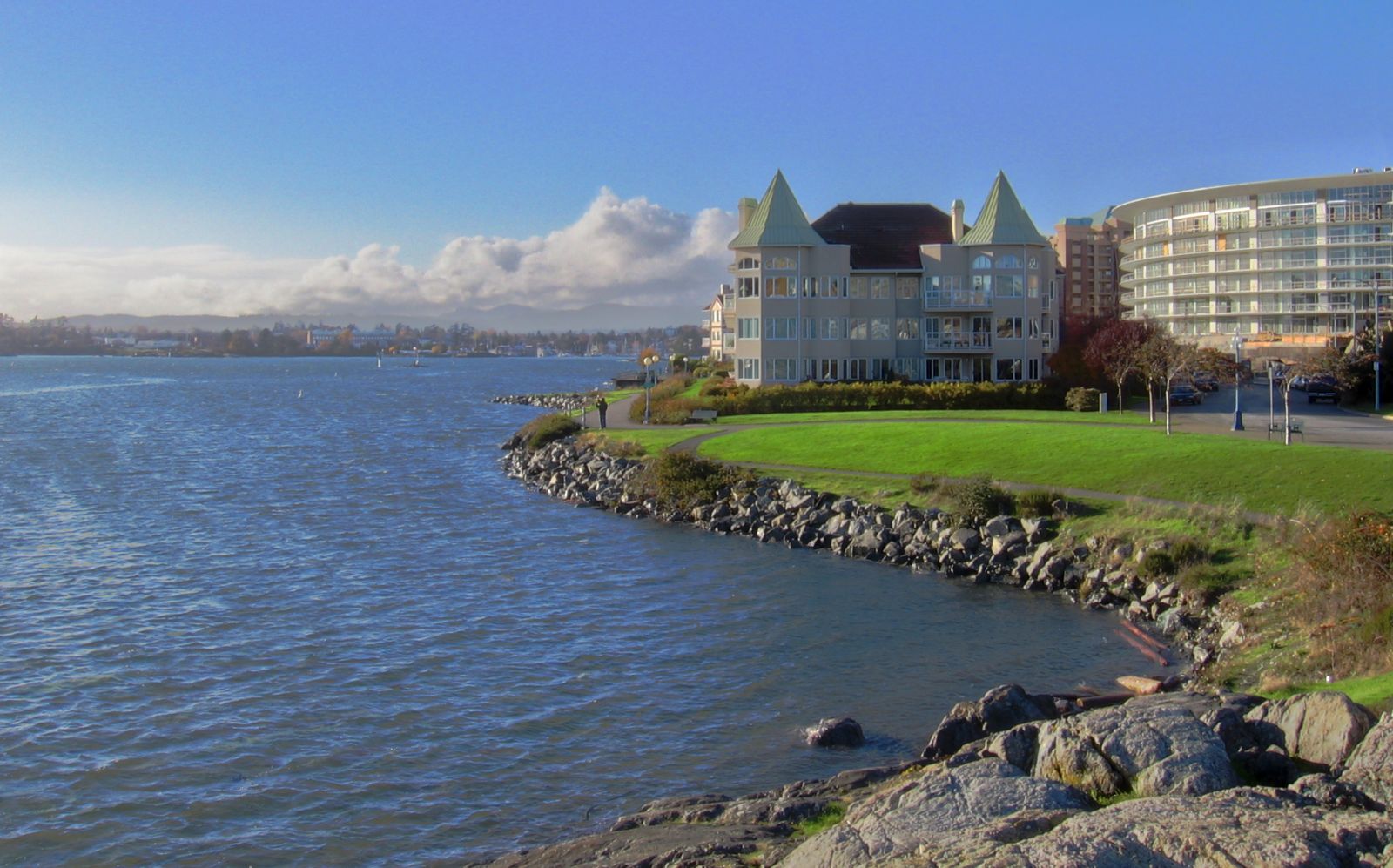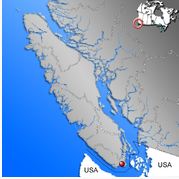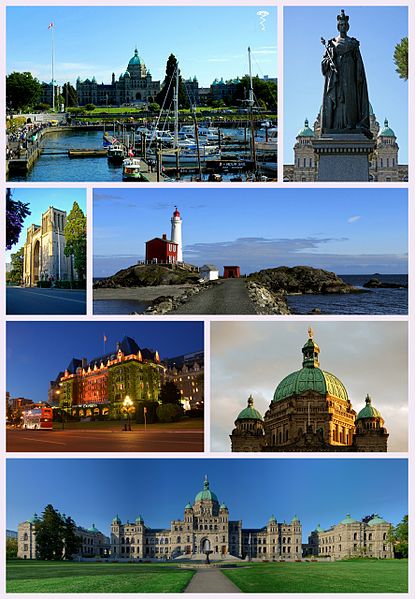- Study in AustraliaAustralian Universities/CollegesPrograms by faculty AusAustralian VisasLife in Australia
- Study In New ZealandNew Zealand UniversitiesPrograms by Faculty NZNew Zealand VisasLife in New Zealand
- Study in CanadaUniversities/Colleges in CANADAPrograms by faculty CanadaCanadian VisasLife in Canada
Victoria
| Victoria | |||
| Victoria is the capital city of British Columbia, Canada and is located on the southern tip of Vancouver Island off Canada's Pacific coast. The city has a population of about 80,017 within the metropolitan area of Greater Victoria, which has a population of 344,615, the 15th most populous Canadian metro region. Sometimes Victoria is called "a bit of Old England" because of its winding, narrow streets and beautiful gardens.Victoria is about 100 kilometres (62 miles) from BC's largest city of Vancouver on the mainland. The city is about 100 kilometres (62 miles) from Seattle by airplane, ferry, or the Victoria Clipper passenger-only ferry which operates daily, year round between Seattle and Victoria and 40 kilometres (25 miles) from Port Angeles, Washington by ferry across the Juan de Fuca Strait. . | | ||
 | |||
| Named after Queen Victoria of the United Kingdom and of the Dominion of Canada, Victoria is one of the oldest cities in the Pacific Northwest, with British settlement beginning in 1841. The city has retained a large number of its historic buildings, in particular its two most famous landmarks, the British Columbia Parliament Buildings (finished in 1897 and home of the Legislative Assembly of British Columbia) and the Empress hotel (opened in 1908). The city's Chinatown is the second oldest in North America after San Francisco's. The region's Coast Salish First Nations peoples established communities in the area long before non-native settlement, possibly several thousand years earlier, which had large populations at the time of European exploration. Victoria, like many Vancouver Island communities, continues to have a sizable First Nations presence, composed of peoples from all over Vancouver Island and beyond. The population of the City of Victoria was 80,017 in 2011. The Victoria Census Metropolitan Area, comprising thirteen municipalities informally referred to as Greater Victoria, has a population of 344,615 and is the largest urban area on Vancouver Island. By population, Greater Victoria is the 15th largest metropolitan area in Canada. The Capital Regional District, which includes additional rural areas, has a total population of 345,164. The city's chief industries are technology, food products, tourism, education, federal and provincial government administration and services.Other nearby employers include the Canadian Forces (the Township of Esquimalt is the home of the Pacific headquarters of the Royal Canadian Navy), and the University of Victoria (located in the municipalities of Oak Bay and Saanich) and Camosun College (which have over 33,000 faculty, staff and students combined). Other sectors of the Greater Victoria area economy include: investment and banking, online book publishing, various public and private schools, food products manufacturing, light aircraft manufacturing, technology products, various high tech firms in pharmaceuticals and computers, engineering, architecture and telecommunications. Known as the "City of Gardens", Victoria is an attractive city and a popular tourism destination with a thriving technology sector that has risen to be its largest revenue-producing private industry. The city has a large non-local student population, who come to attend the University of Victoria, Camosun College, Royal Roads University, the Sooke Schools International Program and the Canadian College of Performing Arts. Victoria is also popular with retirees, who come to enjoy the temperate and usually snow-free climate of the area as well as the usually relaxed pace of the city. | |||
For more information, please contact one of our offices
Study in Australia | Study in the UK | Study in Malaysia | Study in Canada | Study in the USA | Study in New Zealand















